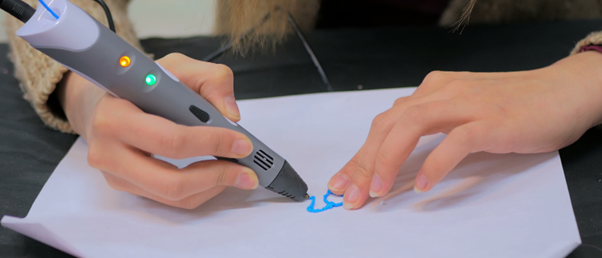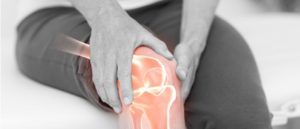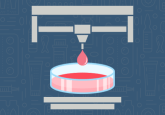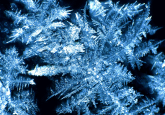A wound-healing bioink accelerates skin repair

Researchers have developed a bioactive hydrogel ink containing macrophage-derived extracellular vesicles (EVs) that enhances cutaneous wound healing and can be administered in situ using a 3D-printing pen.
Our bodies have effective and complex mechanisms in place to repair cutaneous wounds. Most medical interventions don’t go beyond supporting the body’s natural mechanisms in the wound-healing process; for example, bandages or stitches prevent further bleeding and antibiotics treat infections that could result in added complications. Now, a study led by researchers at Nanjing University of Posts and Telecommunications (China) has demonstrated the ability of a hydrogel bioink administered directly into cuts with a 3D-printing pen to accelerate the wound-healing process.
The system is called ‘portable bioactive ink for tissue healing’, or PAINT, and incorporates EVs secreted by macrophages into a hydrogel-based wound-healing ink along with sodium alginate, which is a thickening and gelling agent. The components are mixed at the tip of a 3D-printing pen, forming a gel at the site of injury within 3 minutes.
 An injectable hydrogel could treat infections following hip replacement surgeries
An injectable hydrogel could treat infections following hip replacement surgeries
An antibacterial hydrogel shows promise as a new minimally invasive treatment option for soft tissue infections around prostheses.
The results show that the addition of macrophage-derived EVs in the healing gel promotes vascular regeneration and reduces inflammatory markers in human epithelial cells, which shifts them into their proliferative phase for healing.
The researchers tested their PAINT in injured mice and found the hydrogel-based ink promoted collagen fiber formation. Mice that were treated with PAINT had almost completely healed a large wound after 12 days. The researchers hope that PAINT could be used to heal a variety of cuts rapidly and easily without any invasive or complex procedures.





